|
|
|
| Kashgar-Atush | |
|
Uyghur Photo Site |
Site Manager |
Contact Page |
Information |
In the World |
Kashgar-Atush |
Turpan |
Urumchi-Qaramay |
Qumul-Korla |
Hoten-Aksu |
Ili-Altay |
Kucha |
People |
Culture |
Nature |
Favorite Links |
Uyghur Photo Guest Book
|
| Some information about Kashgar and Atush
|
|
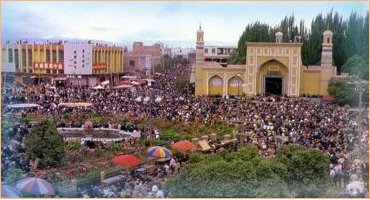 |
Heytgah Mosque Built in 1442, the Heytgah Mosque is the main historic sight in Kashgar and dominates the central square. It is one of the largest and most active mosques in the country and attracts close to 10,000 worshippers every Friday afternoon and almost double that number during religious festivals. The mosque exemplifies grand Islamic architecture, with a rectangular entranceway, flanked by intricately designed, slender minarets. The face of the mosque is filled with yellow and white tiling, interspersed with designs in blues and greens. Inside the mosque there are charming courtyards and gardens where worshippers assemble before entering the halls |
| Mahmut From Kashgar-- Linguist of the 11 century |
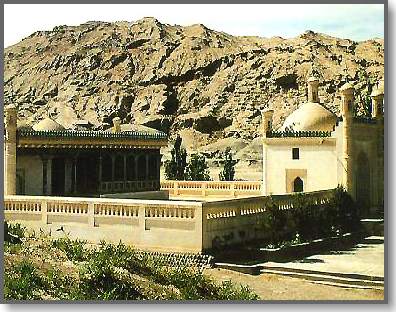 |
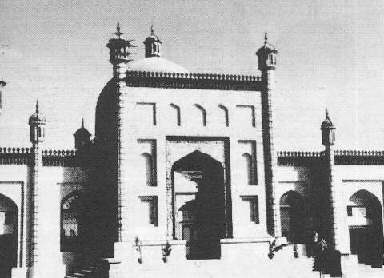
|
|
|
|
|
|
|
| The Tomb Of Appaq Hoja The Apaq Hoja Tomb, five miles northeast of Kashgar(is an important cultural unit protected by the Uyghur Region. As a tomb of the descendants of an Islamic sage, it was built around 1640. The legend has it that seventy-two persons in all of five generations of the same family were buried in the tomb. The first generation buried here was Yusuf Hoja, a celebrated Islam missionary. After he died, his eldest son Apak Hoja carried on the missionary work and became the leader of the famous White Cap Sect during the seventeenth century and seized the power of the Yarkent Kingdom for a time. Apaq Hoja was buried in 1693 and was buried in the tomb. His reputation was greater than his father's, so the tomb was renamed "The Apaq Hoja Tomb." The tomb is a group of beautiful and magnificent buildings including the Tombs Hall, the Doctrine-Teaching Hall, the Great Hall of Prayer, the gate tower, a pond and an orchard. The Tombs Hall, with a dome-shaped top of seventeen meters in diameter and covered with green glazed tiles outside, is twenty-six meters high and thirty-nine meters long at the base. the hall is high, spacious and columnless. Inside the hall, there is a high terrace on which the tombs are arranged. All the tombs are built of glazed bricks with very beautiful patterns of blue flowers on a white background, glittering, simple and elegant. The Lesser Hall of Prayer and the gate tower are outmost buildings decorated with colorful paintings and elegant brick carvings. Outside the tomb there is a crystal-clear pond lined by tall trees making the place pleasantly quiet and beautiful. |
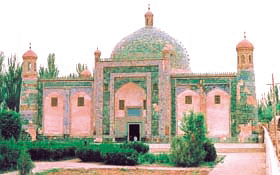 |
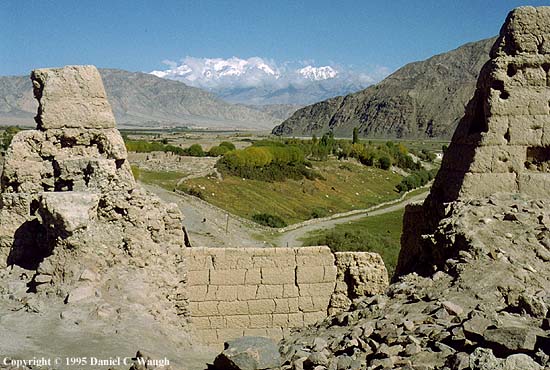 |
The Tashkorghan Fort |
| The Mortom Buddist Site |
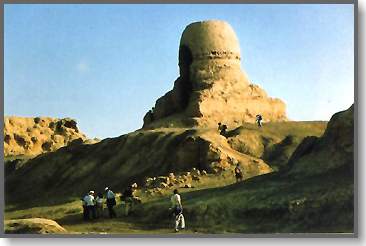 |
|
|
|
|
|
|